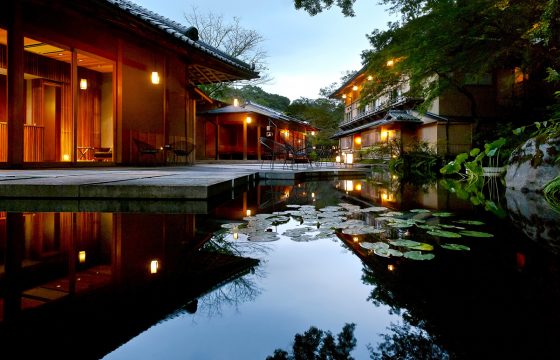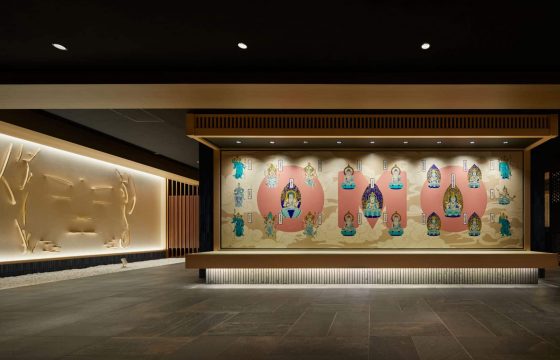Introducing Kyoto's seasonal temperatures and recommended clothing
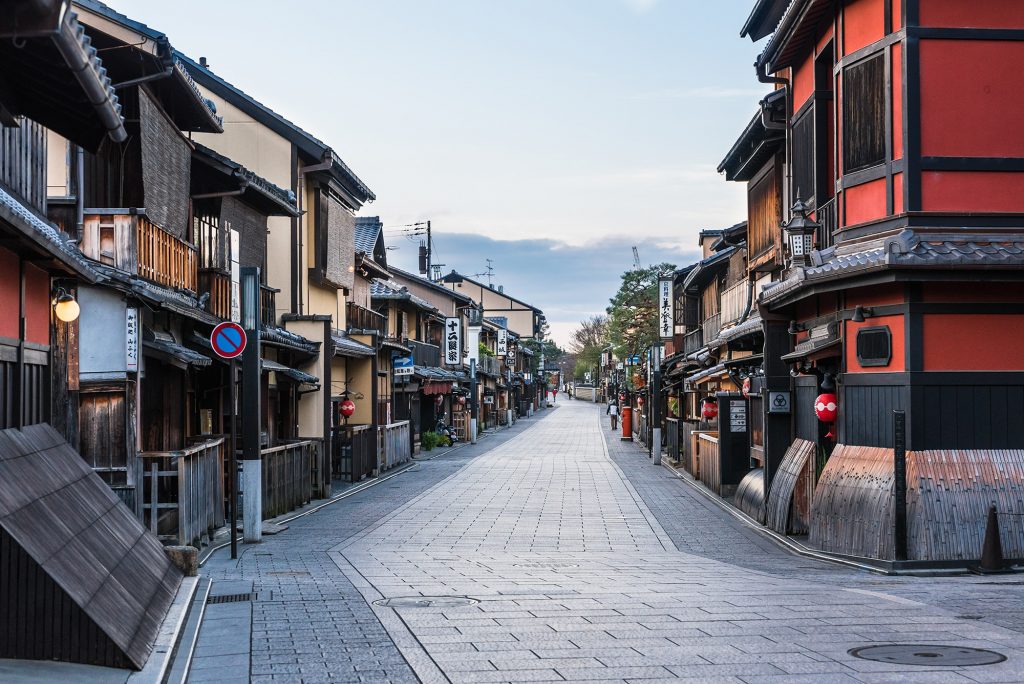
Kyoto is an ancient capital with over 1,200 years of history. The city ranks first in Japan in the number of important cultural property buildings. It also owns about 20% of the country's national treasures, and the city, which retains strong traces of the capitals of each era, is visited by about 53 million tourists every year. This representative tourist city of Japan has a wide range of attractions, including many ancient festivals and traditional events, and the atmospheric scenery that changes with the seasons is endless.
Kyoto Prefecture is long from north to south, with the Tanba Mountains in the center dividing the north into a Sea of Japan climate and the south into an inland climate. Kyoto City, located in the Kyoto Basin, is surrounded by mountains on three sides, and has an inland climate with large temperature differences between seasons and day and night. While spring and fall are relatively comfortable, summer is humid as the mountains block the wind, and the unique climate with strong sunlight is so intense that there is even a term for it: "Kyoto's oily weather." The cold weather continues in the winter, too.
When sightseeing in the city, be sure to dress appropriately for the temperature difference. Take measures to prevent heatstroke in summer and cold weather in winter.

<Temperature and clothing for the four seasons in Kyoto>
Spring in Kyoto (March to May) Temperature and Clothing
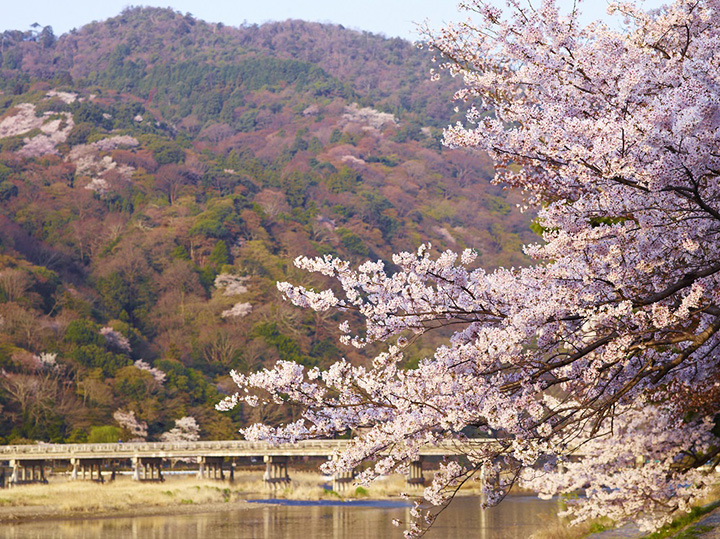
In early March, when plum blossoms and early-blooming cherry blossoms adorn the city, it is in the midst of three cold days and four warm days. The temperature continues to fluctuate wildly, with days when the minimum temperature is 1°C and days when the maximum temperature rises to 20°C. Around late March, the temperature difference eases and the weather becomes more spring-like. Cherry blossom viewing spots such as the Nezame Sakura at Kitano Shrine and the Omuro Ariake at Ninna-ji Temple are in full bloom and can be enjoyed until early April. It gets cold in the mornings and evenings, so if you go out to see the cherry blossoms at night, be sure to bring a coat or a scarf. After mid-April, the temperature rises sharply. The maximum average temperature in May rises to 25°C, and riverside platforms are opened on the Kamo River. Around mid-May, the graceful Aoi Festival, where 500 people dressed in Heian period costumes parade, is held, so short sleeves are comfortable during the day. UV rays also get stronger, so it is useful to have a parasol and sunscreen.
Kyoto Summer (June to August) Temperature and Clothing
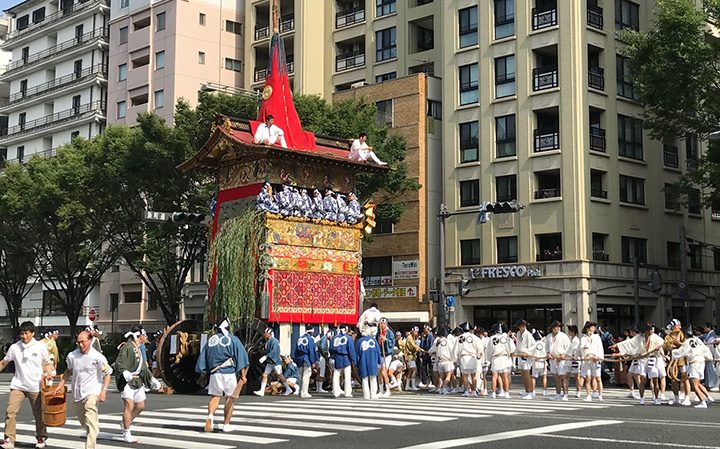
The highest temperature in early June, when the rainy season begins, is usually around 30°C. Even on rainy days, it is muggy and cools down a little after dark, but a thin cardigan is enough. Early June is still a good time to plan your outing. Rain will increase from mid-July until the end of the rainy season in mid-July. The irises at Heian Shrine and the hydrangeas at Zenbouji Temple are in full bloom, and you can enjoy their beautiful, moist blooms. The heat will become more intense in July when the Gion Festival begins. The highest temperature in mid-July, when the Yoiyama and Yamaho-Junko festivals are held, is over 35°C. The muggy heat that makes you sweat non-stop is exactly what you would expect from the "oil heat of Kyoto." This heat will continue even after the Daimonji Okuribi in mid-August. Staying hydrated, wearing a hat, wearing airy clothes, taking breaks in cool places, and other measures to prevent heatstroke are essential.
Autumn in Kyoto (September to November): Temperature and Clothing
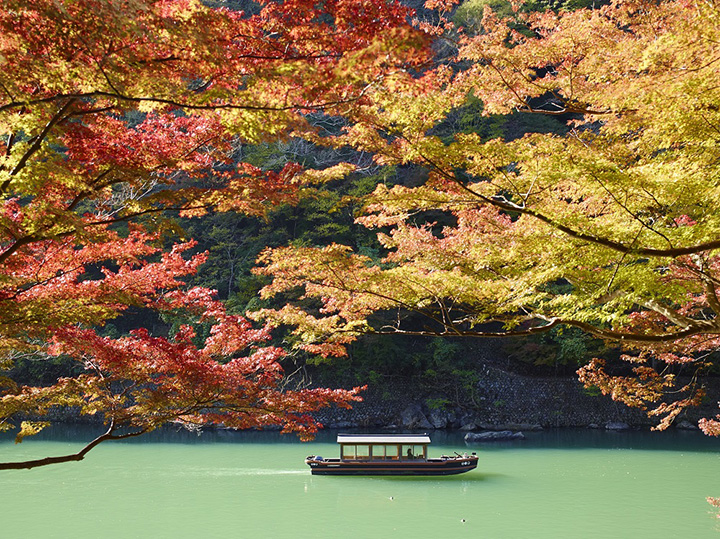
The summer heat is intense in September. Until the "Moon Viewing Festival" is held in mid-Autumn, the maximum temperature will often exceed 30°C, so measures against the heat are still necessary. There are also days when it feels cool at night, so if you want to enjoy the harvest moon in a refined way, it is a good idea to bring a thin cardigan to keep out the night breeze. The signs of autumn can be felt after the autumn equinox. Mornings and evenings become cooler, and there are more days when the temperature difference between day and night is more than 10°C. October, with an average temperature of around 20°C, is an ideal month for enjoying a stroll around Kyoto with few rainy days. You can wear light clothing such as long-sleeved shirts and jackets. The best time to see the autumn leaves is from early November to early December. The average minimum temperature in November is below 10°C, and in the latter half of the month it can drop below 5°C, so when you go out to see the autumn leaves, wear clothes that can keep you warm, such as a coat or a scarf.
Kyoto Winter (December to February) Temperature and Clothing

The average temperature is 6.7℃ in December, 4.1℃ in January, and 5.4℃ in February, about 1℃ lower than the average temperature in Tokyo, and the coldest day is around -2℃. The Kyoto Basin is surrounded by mountains on three sides, so cold air tends to accumulate on the ground, making it so cold that it is called "Kyoto's coldest". The cold air around the feet in particular cools the body to the core, so we recommend taking sufficient measures to protect yourself from the cold, such as wearing boots or using foot warmers. Kyoto also has the least amount of rain in the country, and there are many sunny days in winter, making it a great place to go out. In December, famous sites in Arashiyama, such as "Togetsukyo Bridge" and "Bamboo Forest Path", are lit up for the "Kyoto Hanatoro". There are plenty of things to see in winter, such as the first shrine visits at famous temples in January and the best time to see plum blossoms at famous plum blossom sites such as "Kitano Tenmangu Shrine" in February.





